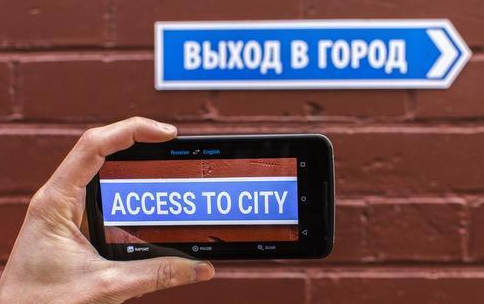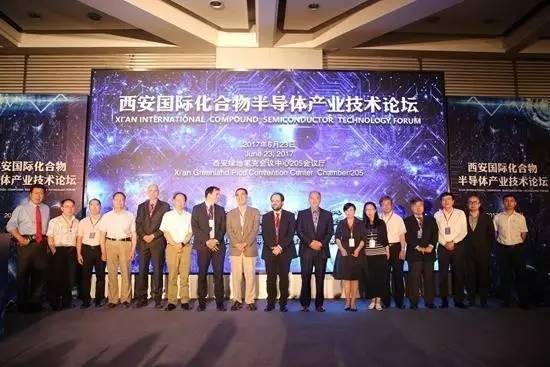Experts believe that machine translation good enough to replace advanced human translators will be widespread within five to 10 years, as language-processing technology has seen many breakthroughs in recent years, Xinhuanet.com reported on May 22.
據(jù)新華網(wǎng)5月22日?qǐng)?bào)道,由于近年來語言處理技術(shù)取得了多項(xiàng)突破,專家們相信,足以取代資深譯員的機(jī)器翻譯將在五至十年內(nèi)普及。
Zhou Ming, standing deputy dean of Microsoft Research Asia, made the statement in his keynote speech at the 2017 Global Artificial Intelligence Technology Conference, held in Beijing on May 22.
5月22日,微軟亞洲研究院常務(wù)副院長(zhǎng)周明在于北京舉行的2017全球人工智能技術(shù)大會(huì)上發(fā)表的主旨演講中這樣說道。
Machine translation currently faces challenges that prevent it from reaching the standards of professional translation, Zhou noted.
周明指出,當(dāng)前,機(jī)器翻譯面臨著各種挑戰(zhàn),這使得其無法達(dá)到專業(yè)翻譯的標(biāo)準(zhǔn)。

However, he also pointed out that several technology companies are now focusing on machinetranslation, and have already made great progress.
不過他也指出,現(xiàn)在好幾家技術(shù)公司正在主攻機(jī)器翻譯,且已取得很大進(jìn)展。
Google released its translation system in September 2016, based on recurrent neuralnetworks.
2016年9月,谷歌公司發(fā)布了自己基于遞歸神經(jīng)網(wǎng)絡(luò)的翻譯系統(tǒng)。
In addition, the artificial intelligence team at Facebook claimed to have achieved the highestaccuracy yet in machine translation by using brand new neural network technology, with atranslating speed nine times that of Google.
此外,臉書的人工智能團(tuán)隊(duì)宣稱,通過使用新型神經(jīng)網(wǎng)絡(luò)技術(shù),已經(jīng)實(shí)現(xiàn)了迄今最為準(zhǔn)確的機(jī)器翻譯,翻譯速度為谷歌的九倍。
Apart from translation, Zhou speculated that language-processing technology, integrated withother artificial intelligence, could be applied in many fields including education, medicine anddriverless cars in the near future.
周明預(yù)測(cè),除了翻譯,語言處理技術(shù)和其它人工智能,在未來還可應(yīng)用于包括教育、藥物和無人駕駛在內(nèi)的很多領(lǐng)域。




